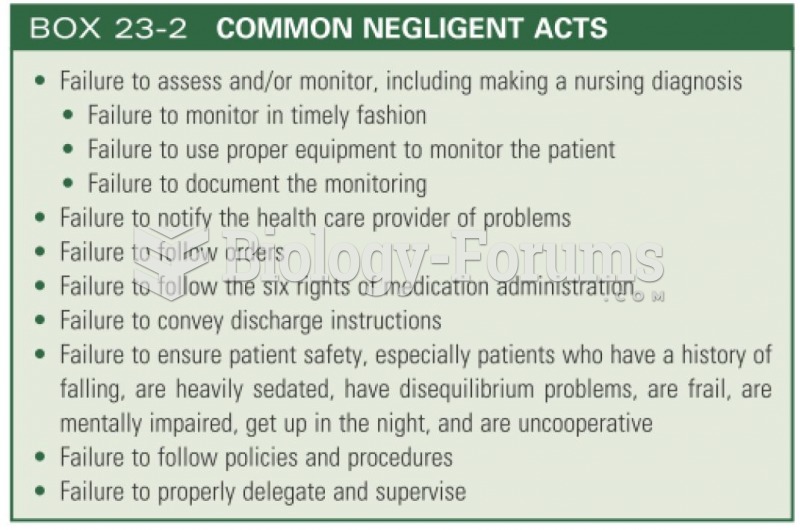|
|
|
The first oral chemotherapy drug for colon cancer was approved by FDA in 2001.
Cancer has been around as long as humankind, but only in the second half of the twentieth century did the number of cancer cases explode.
According to research, pregnant women tend to eat more if carrying a baby boy. Male fetuses may secrete a chemical that stimulates their mothers to step up her energy intake.
There are major differences in the metabolism of morphine and the illegal drug heroin. Morphine mostly produces its CNS effects through m-receptors, and at k- and d-receptors. Heroin has a slight affinity for opiate receptors. Most of its actions are due to metabolism to active metabolites (6-acetylmorphine, morphine, and morphine-6-glucuronide).
Excessive alcohol use costs the country approximately $235 billion every year.







